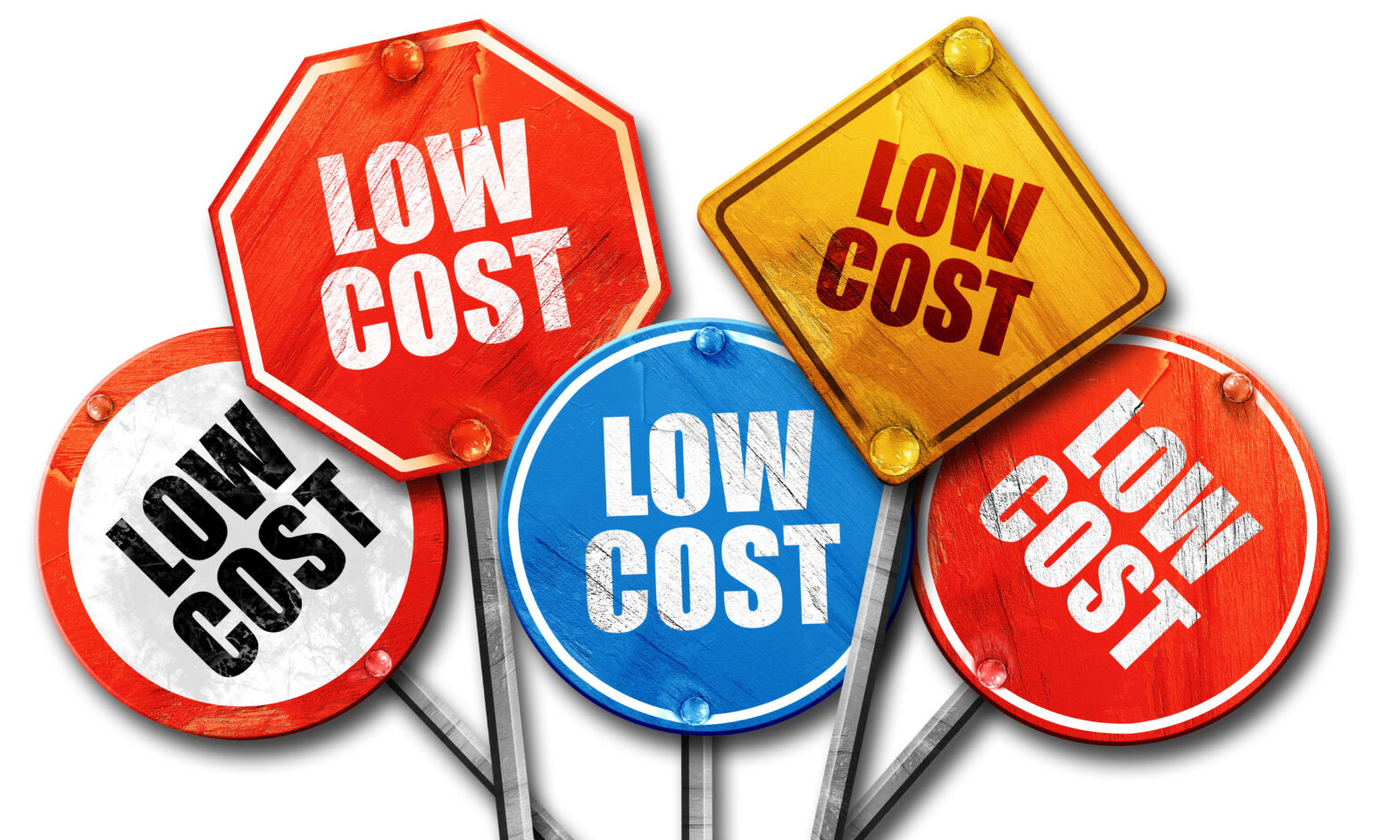Conventional wisdom said it should have been at least £200, but David Goldman, the company’s co-founder, was a real marketing wizard who understood pricing. At £99, people who weren’t trained accountants bought the product, because they could afford to take the risk of not being able to figure out how to work it. And, for that price, how difficult could it be?
Fundamentally, pricing is about positioning your product. A premium price suggests quality, reliability and even snob appeal. Why else are luxury handbags at £900-plus selling like hot cakes in Burberry and Mulberry?
Related: How to get your pricing right
Product positioning is especially important if you have a range of products. Different businesses perceive that they have different requirements, even though they probably don’t. So why price the same for all markets? If you change the packaging and marketing message and call something a different name, you will often be amazed at what you can charge for virtually the same product.
Now, you will say: when you are dealing with commoditised products, the lowest price is always the best. Not so. A lot else comes into play, including service and availability. What’s really interesting is when you bring something new to market and there is no real direct price comparison. This is when it becomes a brain game.
A lot of people assume that because the old price was X, or the most direct comparison was Y, then you have to price at X. The best guy I ever met at changing this perception is now the CEO of Motorola. But back when I knew him he was selling telco network software and he never started any sales conversation with a price book.
Instead, he based his pricing on what benefit the customer would get from buying his software. Time and again he came back with pricing that his colleagues just couldn’t match, even though they were selling exactly the same product.
If you know your customer and what the real pressure points are, pricing becomes massively less relevant. In service industries this is particularly crucial. For example, how much do you charge per hour or per day? Or do you start from the basis that the job is worth so much to the customer?
All this is a far cry from the good old days of the 1960s when inflation was ever-present and traditional wisdom – in the UK anyway – was to add 5 per cent on top of inflation to your sales price.
You would probably check that your competition was doing the same thing (tut-tut!), but on the whole this method worked.
That was ok for companies who weren’t interested in growing market share or trying to assess what should be the right price. In some cases technology forced you to change too, but even that was slow in coming. How life has changed since industrial tycoons like Lord Weinstock (founder of GEC) could just cut costs and see the top line look after itself.
For a start, we are flirting with deflation rather than inflation (for the meantime, at least). Secondly, there is global competition, which means that people can and do source products from all over the world. China and India remain a big wake-up call for anyone who makes things, and this is unlikely to change in the foreseeable future. Finally, the internet means that we have real price transparency.
There’s no denying the fact that pricing is infinitely more complicated today for businesses that are serious about taking market share than it used to be. But that’s why assumptions about products and services and what customers are willing to pay need to be studied scrupulously. It frustrates me when people talk about ‘overhead recovery’, adding to the actual cost an “industry norm” mark-up of, say, 30 per cent. That’s not thinking about your price. You’re merely imitating what everyone else does.
Too many companies have whole departments who just prepare quotes with no real thought about what goes on behind the process or even really testing the market. Don’t be one of them.






